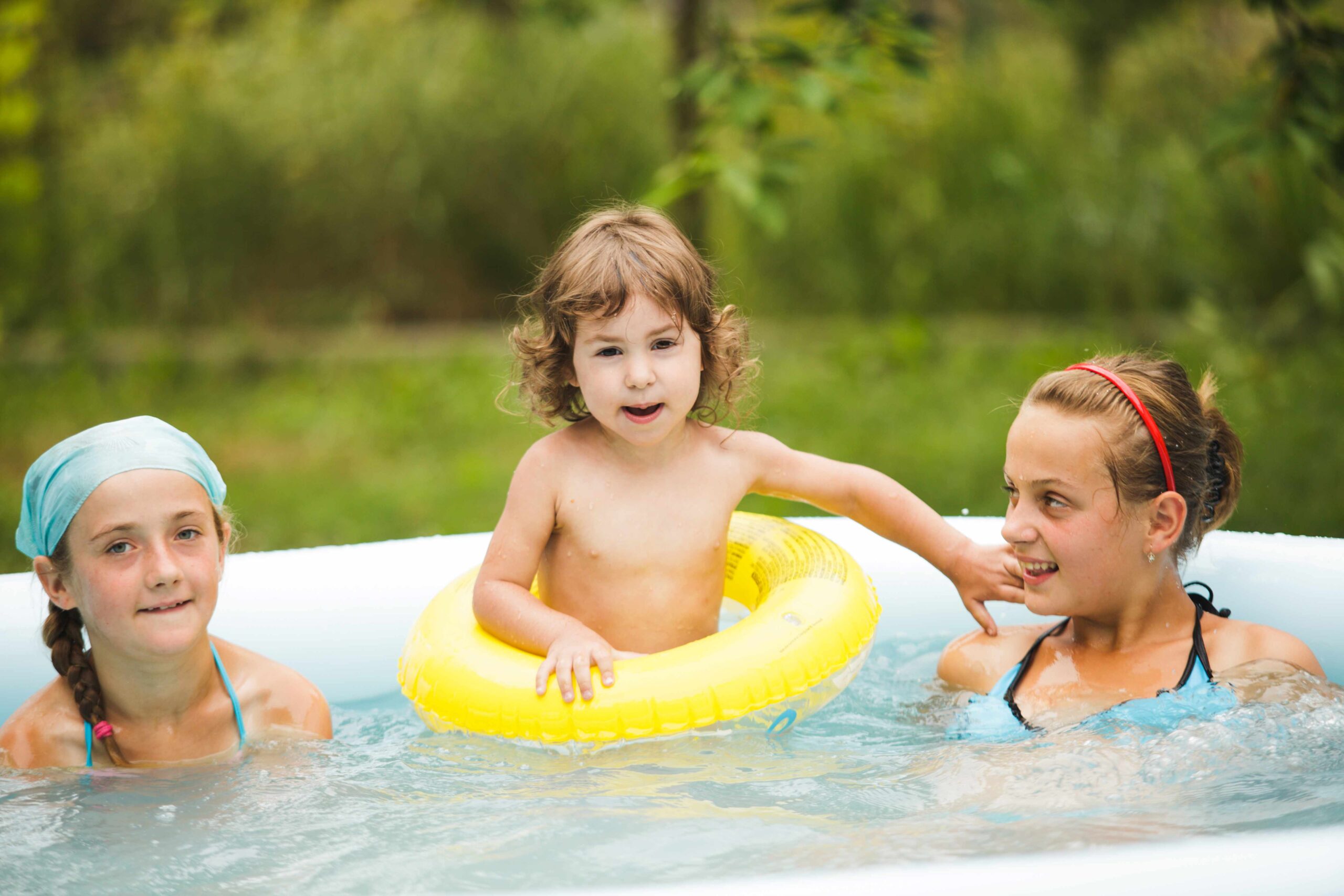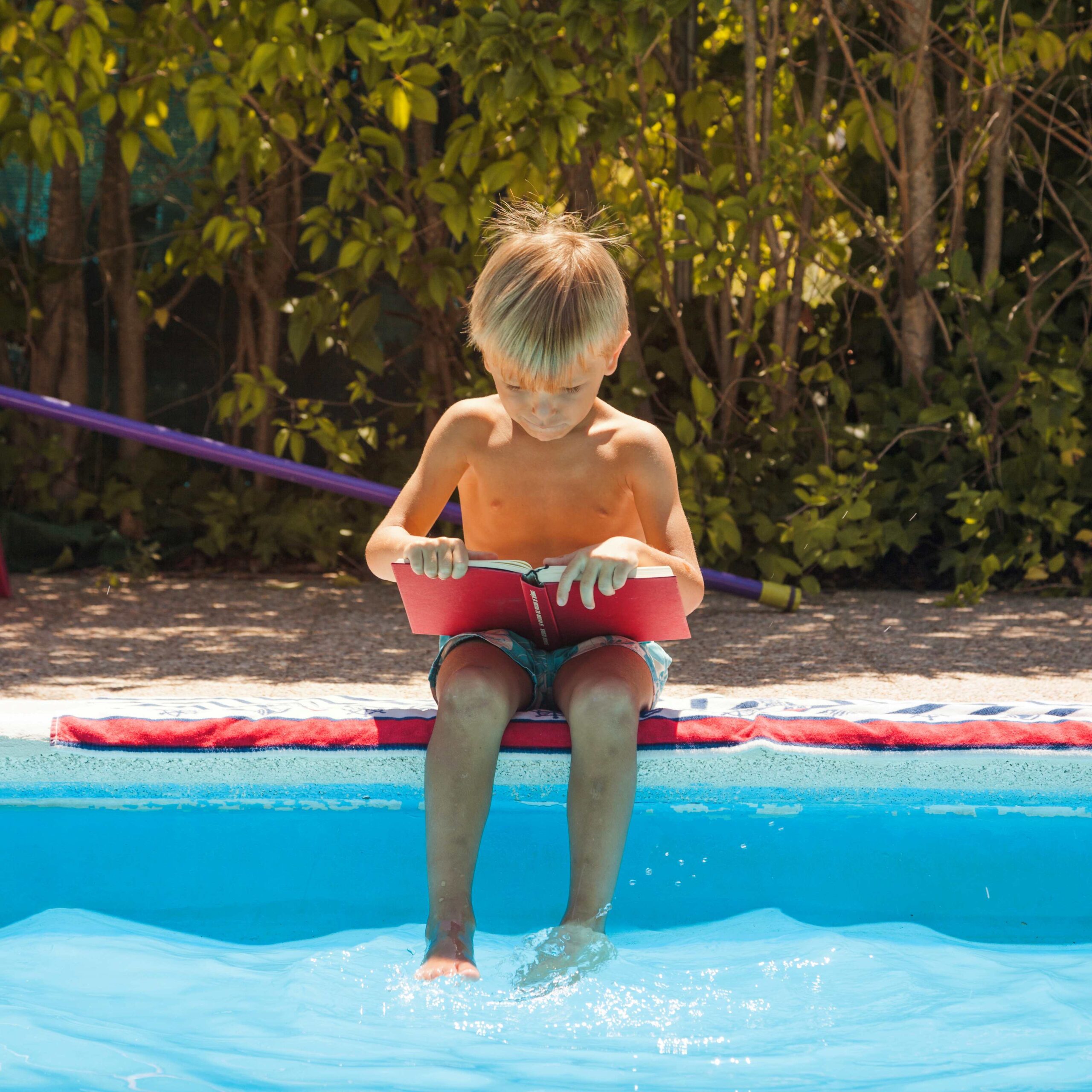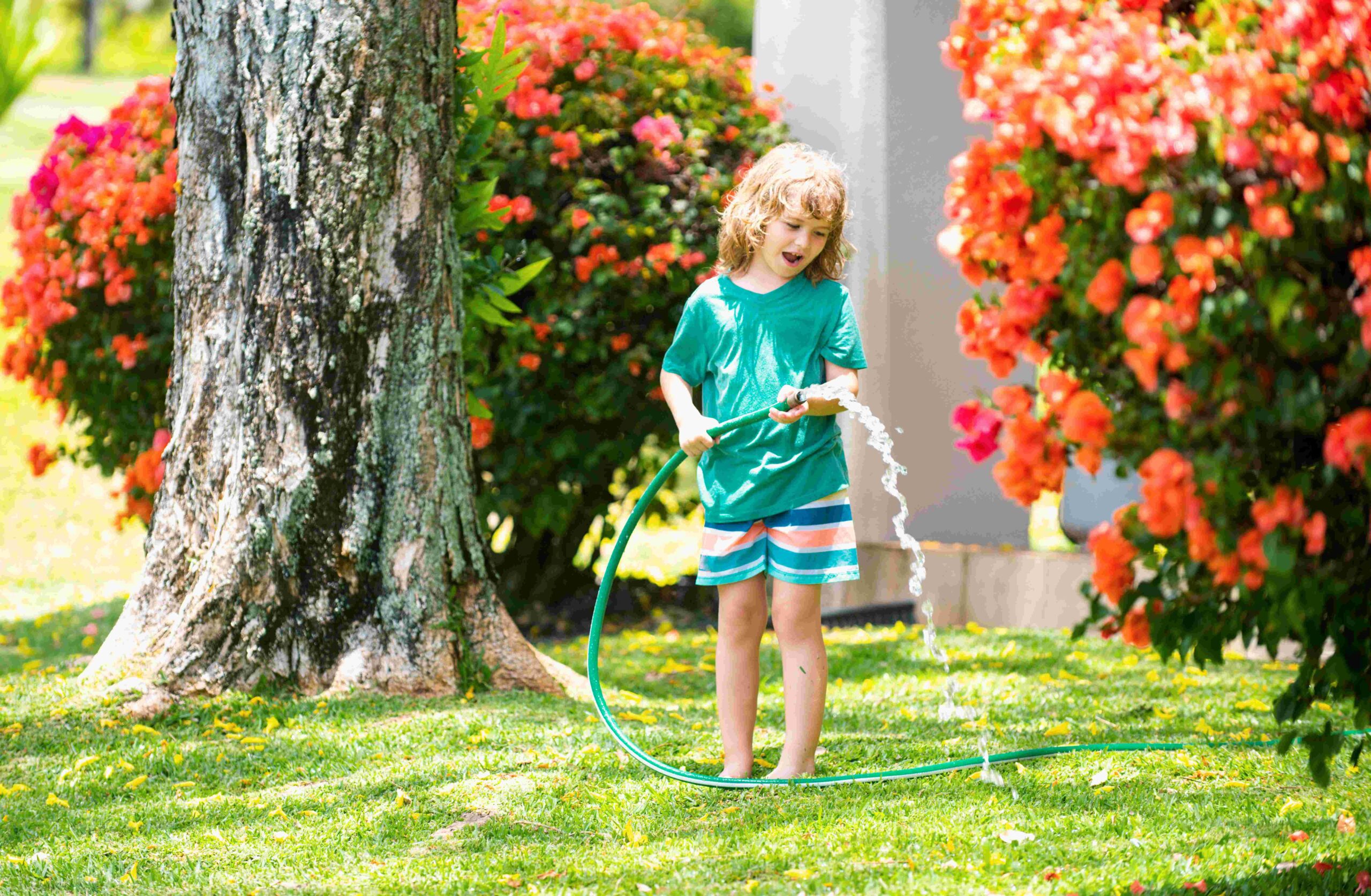Summer is the perfect time for kids to play, explore, and grow—and when it comes to children with sensory processing challenges, the warmer months offer countless opportunities to build sensory integration skills through fun and purposeful activities. At Michigan Pediatric Therapy, we understand how vital sensory experiences are for development, and we want to share easy, accessible ways to support your child’s sensory needs right in your backyard.
Whether your child has a diagnosed sensory processing disorder (SPD) or simply shows signs of sensory sensitivities, engaging with water and other “messy play” activities can be incredibly helpful. Read on and we’ll explore how pediatric occupational therapy supports sensory integration, what to watch for in kids with sensory issues related to water, and a list of OT-approved summer sensory play ideas you can try at home.

What Is Sensory Integration?
Sensory integration is the process by which the brain receives, organizes, and responds to information from the senses—touch, sound, sight, taste, smell, movement, and body awareness (also known as proprioception and vestibular input). For most children, sensory input helps them explore and learn about the world. But for others, especially those with sensory processing disorder, these everyday experiences can be overwhelming or confusing.
Children with SPD may:
- Avoid or seek out certain textures, noises, or sensations
- Get easily overwhelmed by water play, sand, or messy activities
- Have difficulty with transitions or new environments (like a pool or splash pad)
- React strongly to unexpected sensory input (e.g., a sprinkler suddenly turning on)
- Struggle with motor planning and coordination
This is where occupational therapy for sensory processing issues comes in. Our pediatric OTs are trained to assess how your child processes sensory information and can design activities that gently expose them to sensory input in a way that feels safe and supportive.
Why Summer Is Ideal for Sensory Exploration
During the school year, schedules are often jam-packed with academic and social demands. Summer offers a slower pace, giving kids more time for play-based sensory activities that promote development. Plus, with outdoor weather and easy access to water, sand, and nature, you have a ready-made sensory playground!
Water, in particular, is a powerful tool for sensory integration. It provides:
- Tactile input (feeling wet, splashing, temperature changes)
- Proprioceptive input (resistance during swimming or carrying water)
- Auditory input (splashing sounds, water running)
- Visual stimulation (ripples, reflections, moving water)
But while water play is often fun and therapeutic, some children with sensory sensitivities may struggle with the unpredictability of splashes or the feeling of wet clothing. It’s important to meet your child where they are, watch their cues, and offer supportive ways to explore water at their own pace.

Sensory Challenges Around Water: What to Know
It’s not uncommon for parents to notice their child avoiding water play, refusing to swim, or becoming anxious at the beach or pool. This could be a sign of sensory processing difficulties, especially related to tactile defensiveness (aversion to touch or textures) or vestibular processing (difficulty with movement and balance).
Signs of water-related sensory issues may include:
- Crying when getting splashed
- Refusing to enter a pool, even with floaties
- Difficulty transitioning from dry to wet clothes
- Fear of the sound of running water or loud fountains
- Trouble with bath time or hair washing
Occupational therapy can help by gradually desensitizing your child to these sensations using structured, play-based activities tailored to their needs.

Occupational Therapist-Recommended Summer Sensory Activities
Looking for ideas to try at home? Here are 10 fun and therapeutic summer activities that support sensory integration and are pediatric OT-approved. You can adjust each one based on your child’s age, sensory profile, and interests.
Water Table Play
Set up a simple water table with cups, ladles, sponges, and toy animals. Add textures like bubble bath, ice cubes, or water beads (if age appropriate) to vary the sensory experience. Great for tactile play and hand-eye coordination.
Sprinkler Obstacle Course

Backyard Car Wash

Frozen Toy Rescue
Pool Time with Purpose
If your child is comfortable in the water, swimming is amazing for full-body proprioceptive input. Use games like diving for rings or kicking with pool noodles to build strength and coordination.
For kids still warming up to the pool, try:
- Sitting on the edge and splashing feet
- Pouring water over toys instead of their body
- Wearing a rash guard or snug swim vest for calming pressure


Shaving Cream Art Outside
Mud Kitchen or Sensory Bin
Water Balloon Games
Try tossing water balloons into buckets, playing catch, or using them to “paint” a fence. These activities offer quick, unexpected tactile input in a playful way.
Important note: If your child is fearful of sudden splashes, start with balloons filled with air or water inside a bin before tossing them.
Popsicle Painting
Sensory-Friendly Beach Day
If you’re heading to a beach or lake, bring:
- Shade and snacks for comfort
- A large towel or mat for sitting
- Familiar toys for predictability
- A small water bin if your child prefers not to enter the water
Talk with your OT about how to create a “social story” to prep your child for what to expect.

How Pediatric Occupational Therapy Can Help
If you’ve tried sensory play at home and still see signs of distress, meltdowns, or avoidance, it might be time to consult with a pediatric occupational therapist. At Michigan Pediatric Therapy, we specialize in sensory-based occupational therapy to help children:
- Process sensory information more effectively
- Feel more comfortable during everyday activities like bathing, dressing, or swimming
- Build motor coordination and balance
- Reduce stress around new or unfamiliar experiences
We design personalized, play-based therapy programs that meet your child where they are—and help them grow with confidence.
When to Seek Help
Here are a few signs that your child may benefit from an OT evaluation:
- Ongoing fear or avoidance of water play or messy textures
- Difficulty transitioning between sensory environments
- Strong reactions to touch, sound, or movement
- Trouble with balance, coordination, or fine motor tasks
- Meltdowns during bath time or swimming
Early intervention can make a big difference. Sensory integration therapy works best when it’s integrated into daily routines, and our team is here to support you every step of the way.

Final Thoughts: Embrace the Messy Fun
Summer is the perfect time to help your child engage with the world in new, exciting, and sensory-rich ways. With a little creativity and patience, water and outdoor play can become powerful tools to help your child grow. At Michigan Pediatric Therapy, we’re proud to support families navigating the ups and downs of sensory development with compassion, expertise, and play at the heart of everything we do.
If you’re looking for guidance, support, or a personalized therapy plan, reach out to us today to learn more about how we can help your child thrive this summer—and all year round.
Michigan Pediatric Therapy
📍 27655 Middlebelt Rd., Suite 130, Farmington Hills, MI 48334
📞 (248) 939-4030
🌐 mipediatrictherapy.com



